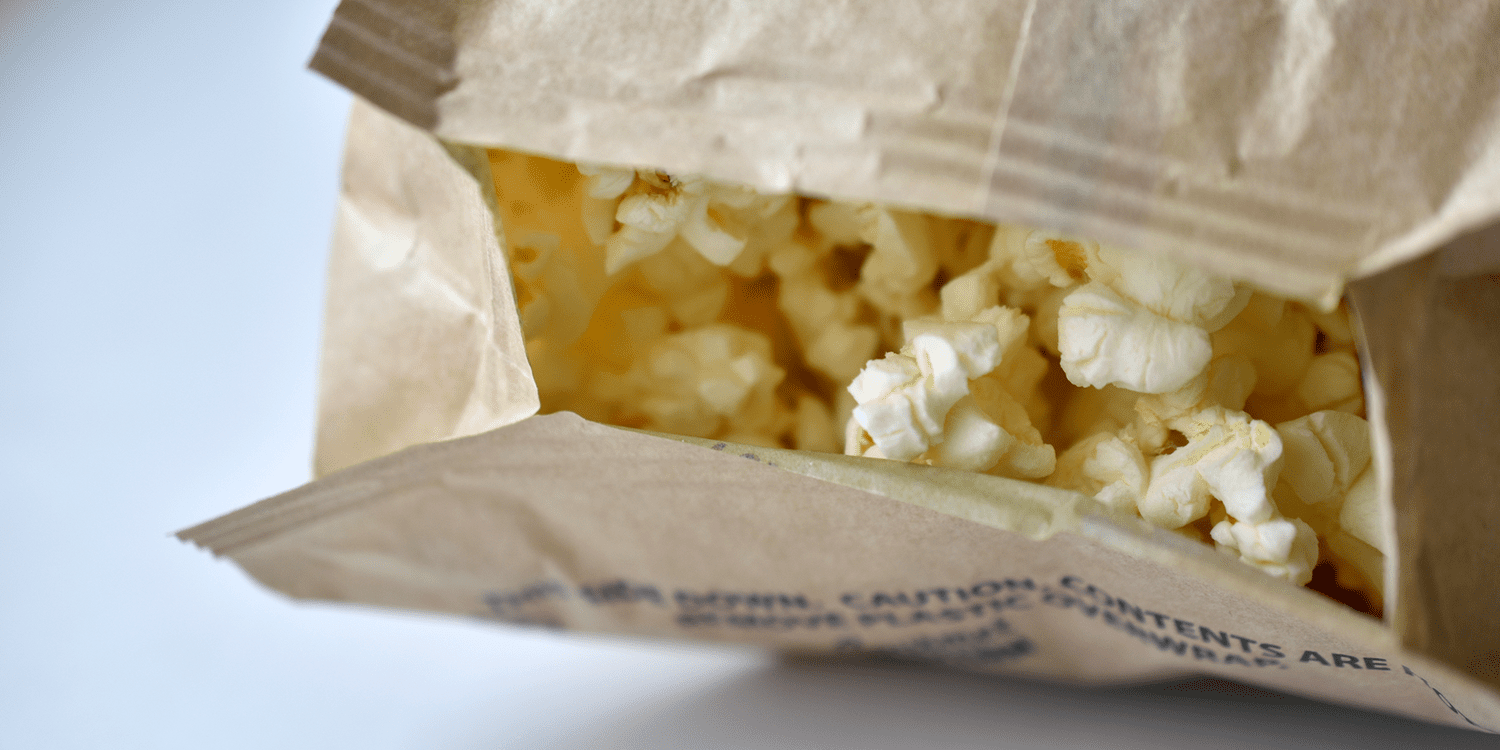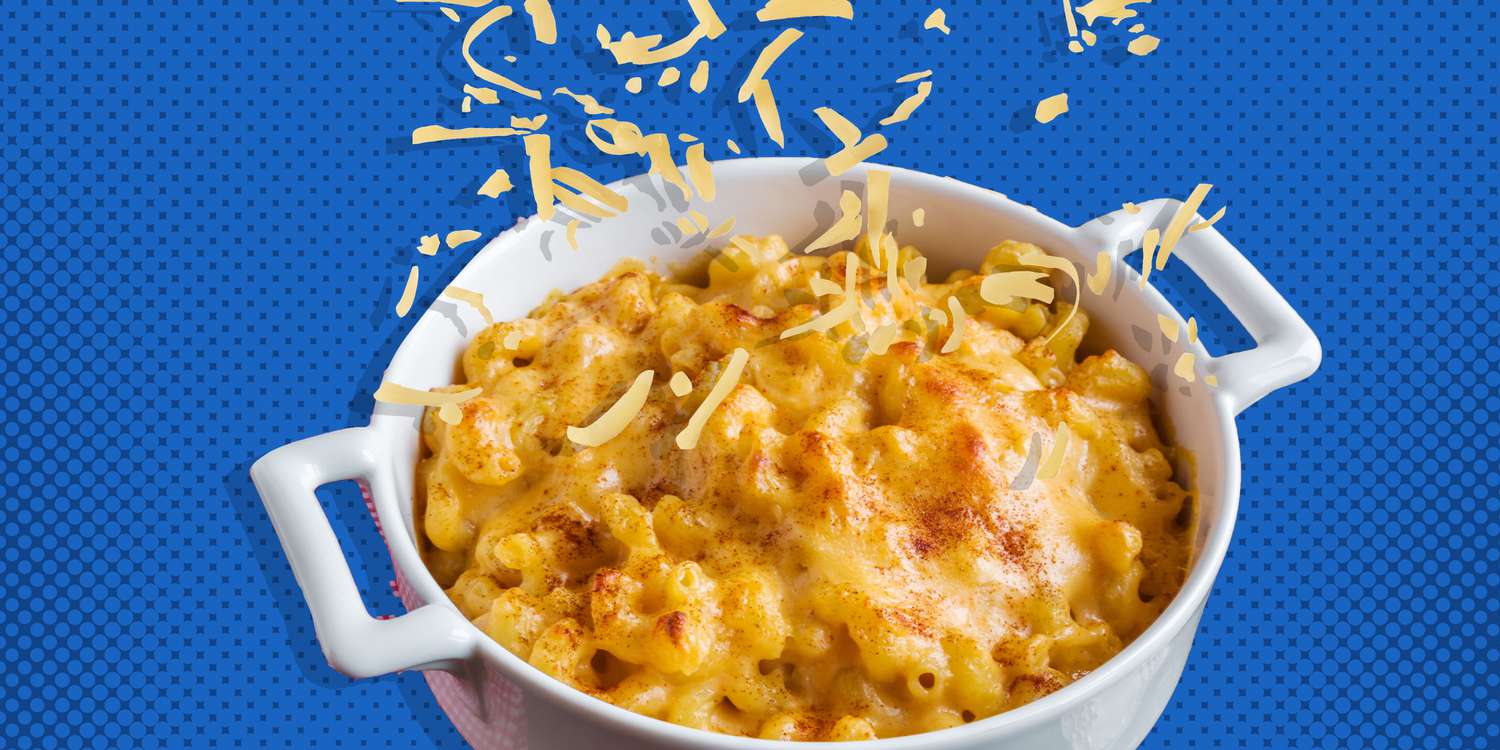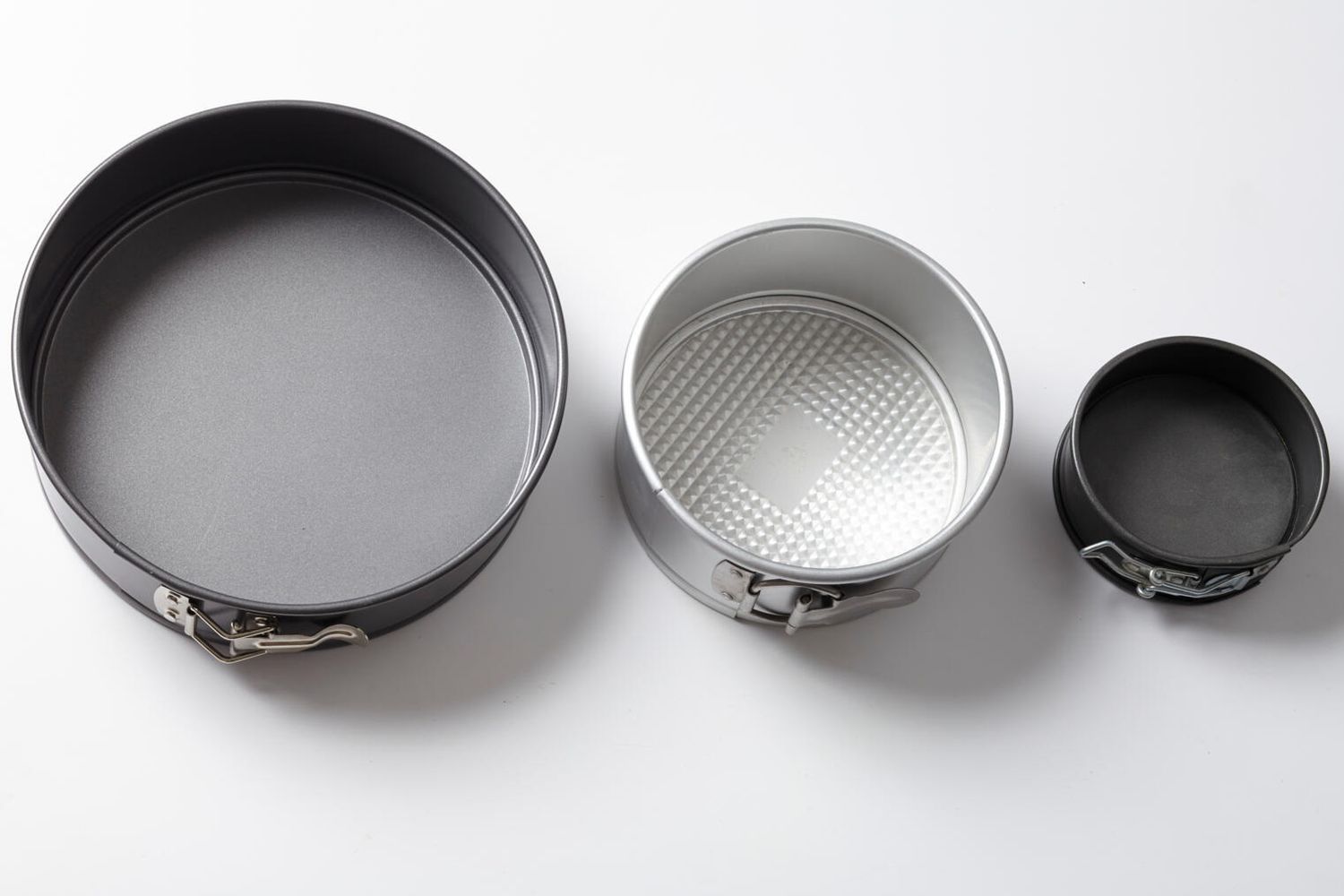If you’re a rule follower, like myself, you see the instructions on a bag of microwave popcorn as a warning: If you don’t pop this correctly, you’ll pay.
I assume the instruction to pop a bag “This Side Up” is saving you from burned popcorn, under-popped kernels, or worse, an exploding microwave. I’ve always been happy to just leave the mystery to the universe.
But because my job is to ask the kitchen questions others dare not broach — I popped a bag “This Side” Down, and I made it out so I can tell you what happens when you defy the rules of popcorn popping.
Honestly, not much.
Here’s why: The reason microwave popcorn manufacturers give you a specific side to have up when you start the nuking is because one side of the bag (the side you put down) has a susceptor in it. A susceptor is a material that absorbs energy from the microwave and converts it to heat to speed up popping and more easily turn tiny kernels into fluffy clouds of exploded starch.
Popcorn will pop without a susceptor. You can throw a few kernels in any old brown paper bag, and it’ll render into delicious snack in a few minutes. But a susceptor can help you get more kernels of bigger size and leave fewer un-popped pieces, which gets you a better value for your dollar.
With the susceptor on top of the kernels (as opposed to the bottom, as it should be), I found it took a few seconds longer for the kernels to start popping. The bag was less full at the end of the popping time compared to the bag I popped with the susceptor on bottom. Also, the upside-down bag never reached a rolling popping cadence. It sounded as if the popping was a bit haphazard, though it did pop plenty enough kernels for a snack.
You may have seen a susceptor in other microwaved goods, like pizzas or Hot Pockets. The “crisping sleeves” help focus energy so thicker parts of food get warm in less time.
In the 1990s, scientists began to question whether these browning devices were healthy for public use. The Food and Drug Administration (FDA) noted that the energy-focusing capability of the susceptor might actually create volatile chemicals from other parts of the packaging, like adhesives or paper.
Ultimately, the food supply regulators released a series of guidelines to make susceptor use, for their purposes, less concerning, so it’s still used today in everything from microwave popcorn to frozen fish sticks.
If you happen to realize mid-pop that your bag of kernels is facing the wrong direction, never fear. Your snack is still happening. You can stop the machine and flip the bag, or just let it go. Sure, you’ll have fewer pieces, but the difference isn’t so significant that you won’t be able to eat your fill.
Keep Popping:
- How to Get That Classic Movie Theater Popcorn Taste at Home
- 5 Popcorn Toppings That Are Better Than Butter
- How to Make Homemade Popcorn 6 Ways




